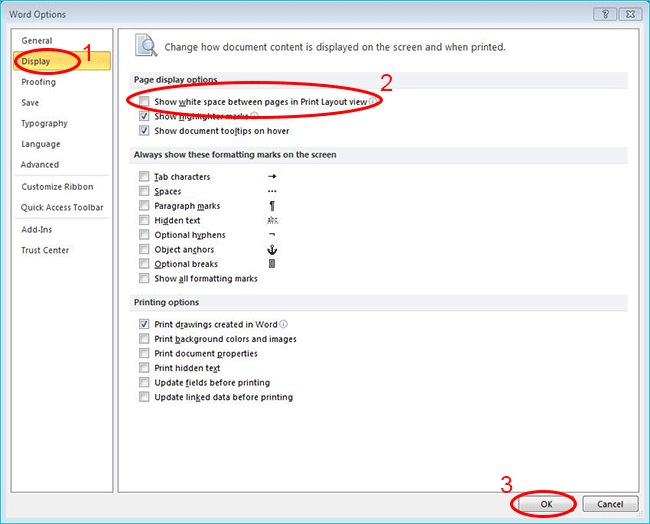
- #PORTIONS OF WORD DOCUMENT MISSING HOW TO#
- #PORTIONS OF WORD DOCUMENT MISSING MAC OS X#
- #PORTIONS OF WORD DOCUMENT MISSING PDF#
I had them both open along with Safari with several windows open.
#PORTIONS OF WORD DOCUMENT MISSING PDF#
pdf file (a downloaded Google book) in a Word document.
#PORTIONS OF WORD DOCUMENT MISSING MAC OS X#
I am using Mac OS X 10.5.8 and Word 2004 version 11.5.5 (I thought I had 2003, I’m peeved now) and today I was revising a text that I translated from a large. I love your site, it has saved me so many times. Hopefully this will get you back your missing prose! Theoretically it should have vanished, but it’s still there and I was able to recover it. The text from “Dave Taylor says:” to the bottom of the page was all deleted from the file, then the file was saved to disk. When I deleted some text from my test file and did this procedure, here’s what I saw: In the middle of it, however, you should be able to find all your missing text. Click “OK” and you’ll see lots of junk, typographical notations, and other miscellany. There are lots of choices, but I’ve highlighted the one you want: Recover Text from Any File. Now open up the file with the missing text and you’ll be asked if you want to use a converter:

Select the Confirm conversion at Open option (it’s right by the mouse cursor) and click “OK”. In Microsoft Office XP, that’s done by creating a blank document (so you can get to the Options preference, otherwise it’s grayed out), then selecting Tools –> Options and clicking on the General tab. What you need to do is enable document conversion on open.
#PORTIONS OF WORD DOCUMENT MISSING HOW TO#
Now, the challenge is how to access that data. You’ll find that the new version of the file, the version that has all the archival data purged, is often dramatically smaller than the original. One way you can see that this is the case is by doing a “Save As…” on a document you’ve been editing for a while. All you need to do is click “Find Next Region I Can Edit.You might not realize it, but Microsoft Word actually keeps somewhat of a history of your document in the file, even when it looks like there’s nothing there and even when you have revision tracking turned off. In the right-hand pane, you’ll also notice a new option that lets you hop from editable section to editable section. This is an identifier for users that those are the editable sections. Word now highlights, as well as brackets, the selected text. Go ahead and do so, then select “OK.” If you selected specific people for whom to allow editing, you’d select the “User authentication” option instead. The “Start Enforcing Protection” window will appear, warning you that the document isn’t encrypted and therefore susceptible to malicious users.

If you’re on a company network and would like only to allow specific people to be able to edit the content, select “More users” and enter the users’ names (note that this requires access to a central, network user directory).įinally, under the “Start enforcement” section, click “Yes, Start Enforcing Protection.”

This allows everyone that receives the document to edit the content you selected. Once the text is selected, head back over to the “Restrict Editing” pane and tick the “Everyone” checkbox under the “Exceptions” section. If you have specific content in two separate sections that you’d like to keep open for editing, hold the Ctrl key while you click and drag to add them to your selection. Go ahead and select the text by clicking and dragging your mouse across the text. Whatever parts you don’t select will end up as read-only. Now, you’ll need to select the parts of the document for which you do want editing allowed.


 0 kommentar(er)
0 kommentar(er)
